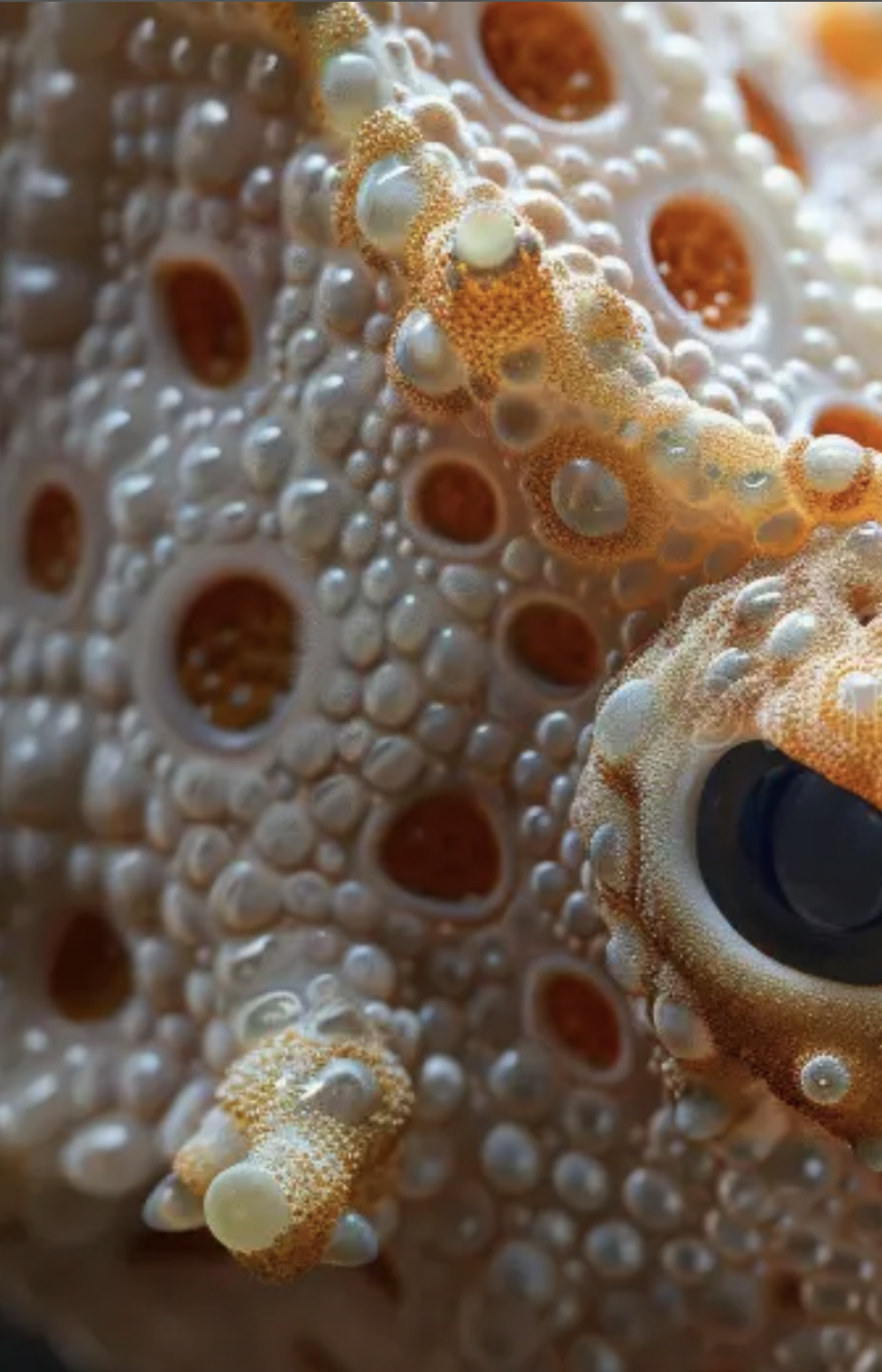Vibrant lipsticks
without toxic pigments
The cosmetics industry faces a growing tension between visual performance (bright, attractive, long-lasting colors) and health/environmental safety. Today, many lipsticks use pigments containing heavy metals (lead, chromium, cadmium) to achieve intense shades. However, these substances can be toxic to human health and the environment.

Dermocosmetic companies, ingredients manufacturers, chemical companies
Formulation of lipsticks using alternative coloration mechanisms to heavy-metal-based pigments.
- Exclusion of heavy-metal pigments for regulatory and health reasons
- Use of biocompatible materials compatible with existing cosmetic formulations
- Long-term color stability (resistance to light, oxidation, etc.)
Natural and high-performance: the paradox of cosmetic coloring
Creating intensely colored lipsticks without using heavy-metal pigments is a true challenge. It requires rethinking traditional cosmetic coloring mechanisms. Key issues identified include:
- Natural pigments often produce dull or faded colors
- Few reliable alternatives match conventional pigments in stability, safety, cost, and availability
- Many natural pigments degrade quickly under light, heat, or time
- Alternative pigments can alter texture, wear, or react with formulation ingredients
AI-guided analysis allowed a deeper exploration of root causes.

Nature-inspired mechanisms to generate colors
The biomimetic strategies explored for this project draw on natural adaptations that allows color generation and management. Examples include:
- Physical interference with light : Blue birds feathers, various species of butterflies, various leaves surface
- Constructive interference : various species of butterflies
- Amplified reflection by layering materials : Koi fish scale, scleractinian corals
- Change of color through oxydation : Avocado seed, fruits enzymatic browning
- Create optical functionality through ordered crystalline structure : Koi fish scale, long horn beetle
Together, these approaches inspire new ways of designing coloring materials.
Asteria then helps you generate ideas of concrete bioinspired concepts leveraging both the various selected biological mechanisms and the modeling of the project's context.



Designed for R&D innovation,
design and durability
Collaborate with nature
GET a demo





.png)





























